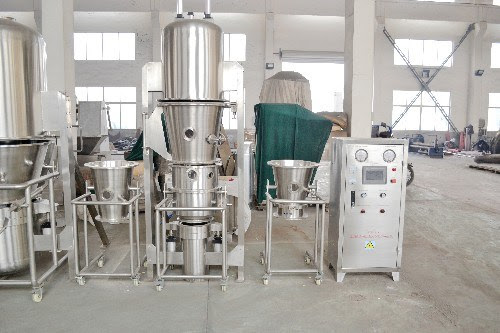What is Fluid Bed Granulator?
Most of the fluid bed granulators that are manufactured for the pharmaceutical industry use a high-performance polyethylene material. This material is strong, durable, and extremely effective when sealing sheets, blankets, pillows, or other bedding materials. There are a few other common materials used in the manufacture of this type of granulating system. Some examples include polystyrene beads and polyethylene sheets. These materials all have their own benefits and advantages when it comes to being used for the manufacture of these fluids. Some of these advantages include ease of use, flexibility, low maintenance, and low cost.
The other part of a fluid bed granulation process deals with the mixing of the binder with the powder that will be distributed in whatever application it is needed in. In many cases, the powder will comprise an ingredient that has a hydrophobic property. This means that, in addition to having a substance that can help to dry things up, the granulation process will also involve some degree of water. Usually, the mixture involved will involve some form of calcium carbonate or sodium chloride.
When you think about the possible uses for the fluid bed granulator in a medical setting, you should remember that the powder will have to be incredibly fine. In some cases, pharmaceutical granules can be as fine as a grain of sand. The powder will also have to go through a fairly extensive heating process. At high temperatures, this powder can release large amounts of moisture content. It is in the releasing of this moisture content that the bed granulator will typically come into play.

The wet granulation process is used to help with two different issues that are often a part of drug manufacture. One of those issues is the creation of more efficient excipients. Typically, when the wet granulation process occurs, the particles of the binder are not going to be completely uniform in size. Rather, they will be shaped into different shapes.

















